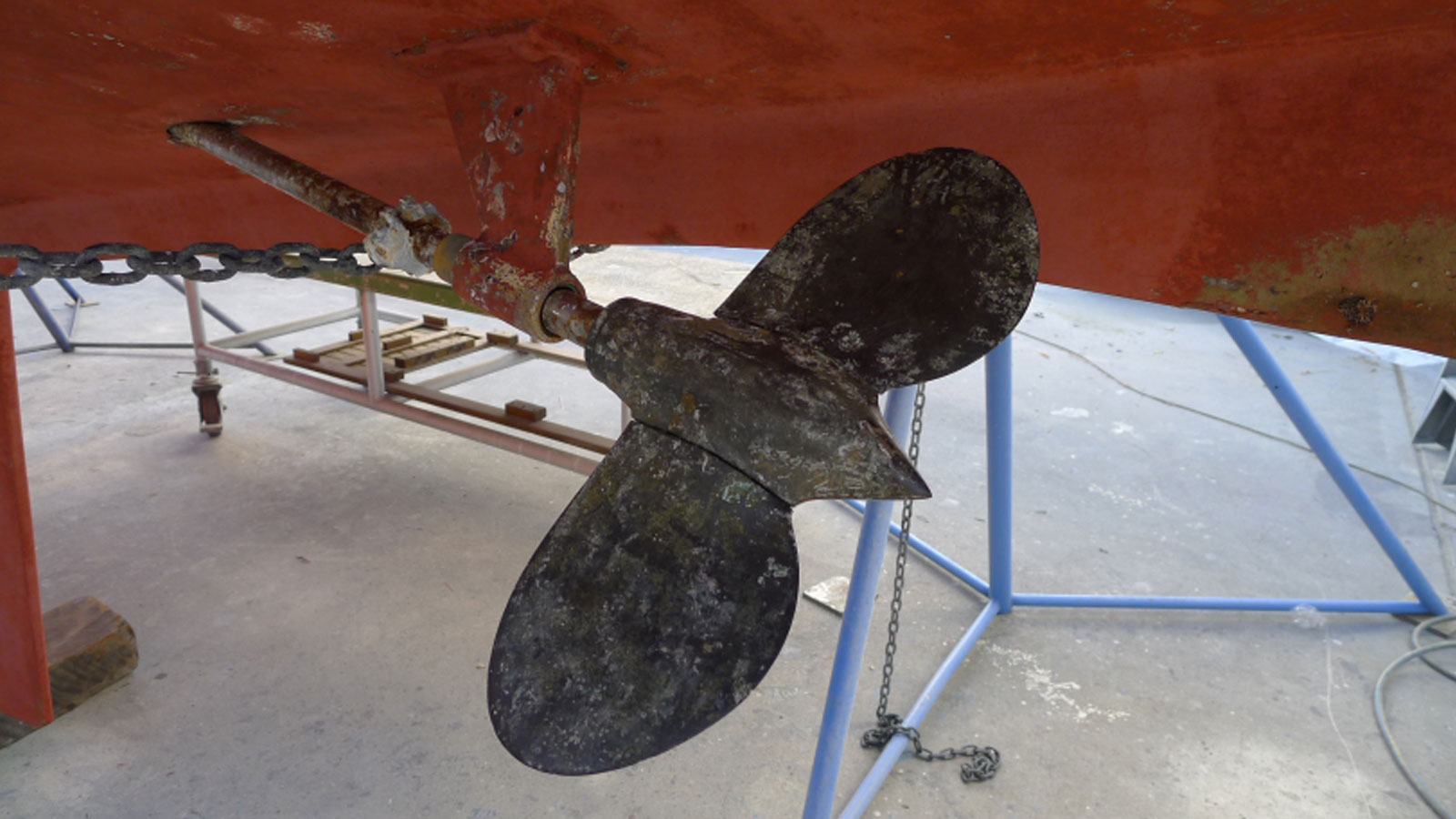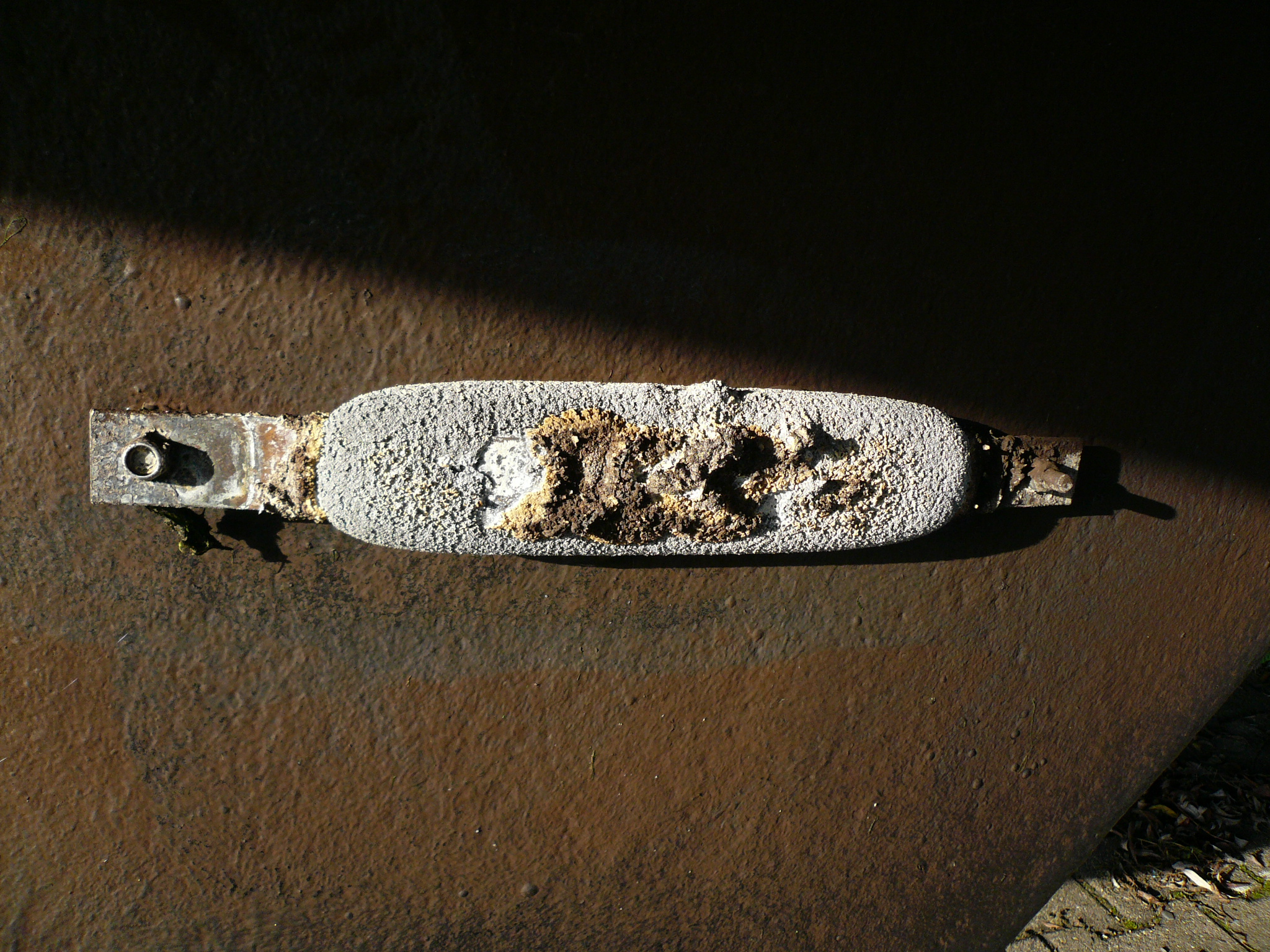Ensuring Ship Integrity: Navigating the Do’s and Don’ts of Cathodic Protection Systems.
Cathodic protection systems play a crucial role in preventing corrosion on ships, and proper monitoring of potentials is essential for their effectiveness. Expertise in utilizing reference electrodes and conducting potential measurements is vital for maintaining the integrity of the system. Here are some guidelines with a case study highlighting the consequences of cathodic protection failure due to inadequate monitoring:

Do’s:
Regular Inspection and Maintenance:
Conduct routine inspections of sacrificial anodes and impressed current systems to detect any signs of degradation or malfunction.
Implement a proactive maintenance schedule to replace sacrificial anodes and address any issues promptly.
Monitoring and Testing with Reference Electrodes:
Utilize reference electrodes to measure the potential of the ship’s structure relative to a stable reference point in the water.
Expert technicians should control and monitor potentials in real-time using reference electrodes to ensure the cathodic protection system is operating within the desired range.
Compliance with Standards and Guidelines:
Adhere to industry standards and manufacturer’s guidelines for the installation, operation, and maintenance of cathodic protection systems.
Ensure that potential measurements are conducted in accordance with best practices and standards to accurately assess the system’s performance.
Expert Consultation for Potential Measurements:
Engage corrosion engineers or cathodic protection specialists with expertise in potential measurements to interpret data accurately and make informed decisions.
Seek expert advice for analysing potential measurement results, identifying trends, and adjusting the cathodic protection system settings as needed.
Don’ts:
Neglecting Regular Monitoring:
Avoid neglecting regular monitoring of potentials and sacrificial anode conditions, as this can lead to undetected system failures and accelerated corrosion.
Ignoring Maintenance Schedules:
Do not ignore scheduled maintenance of cathodic protection systems, including the replacement of sacrificial anodes, as this can compromise the system’s effectiveness.


